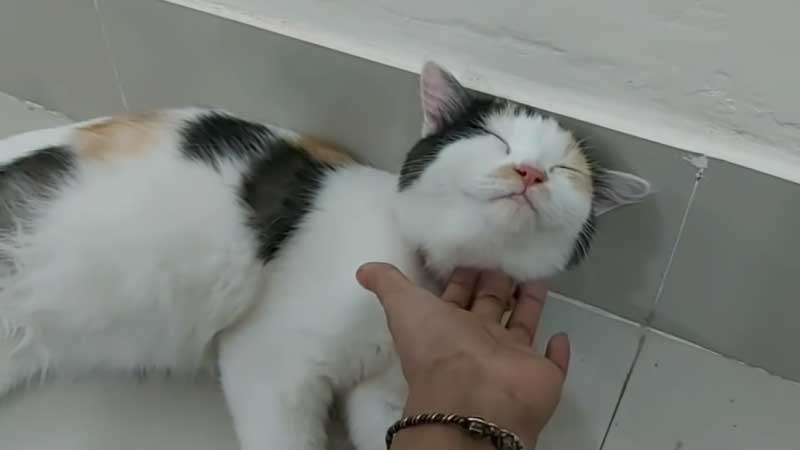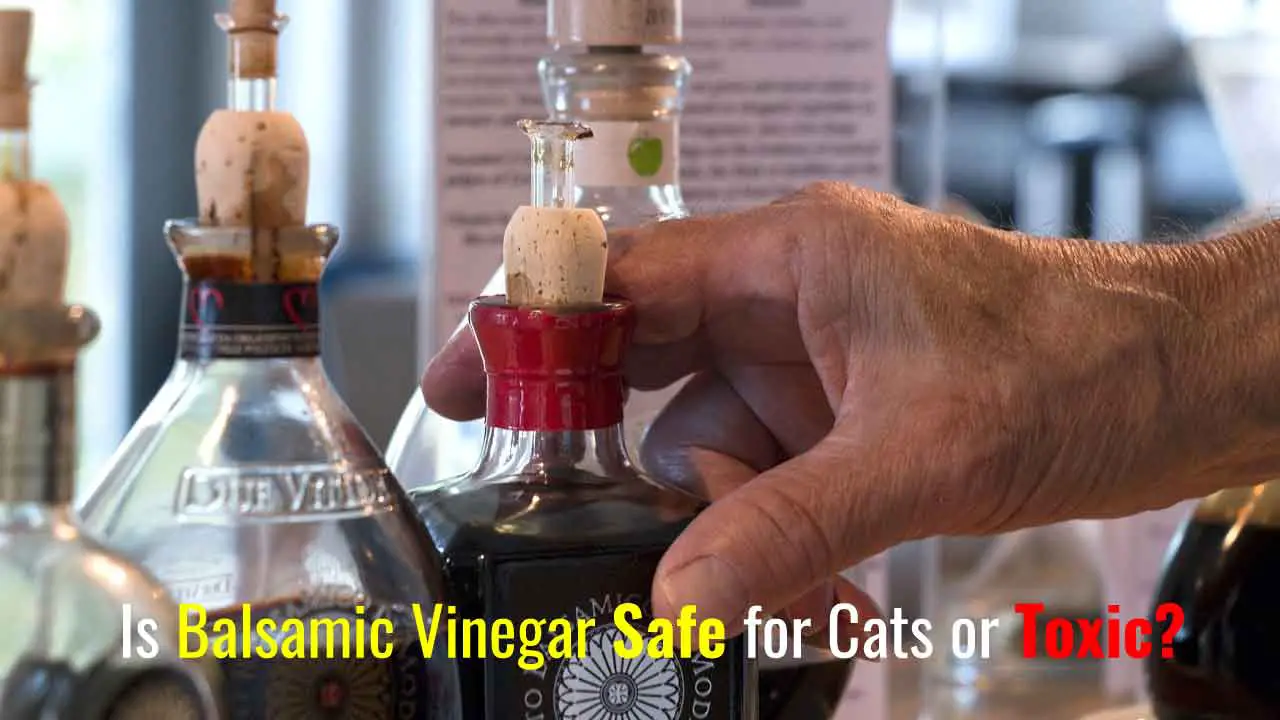When your pet has an ingrown nail, it can be quite a stressful experience. If the nail remains untreated, it can lead to problems such as infection and even further discomfort for your cat. Knowing what to do when faced with this issue is key to preventing further complications.
The first step is to contact your veterinarian and schedule an appointment for them to assess the situation and provide treatment if necessary. During this time, you should also discuss any lifestyle changes or home care treatments that may be required for your pet. This could include anything from changing their diet to providing extra attention during the recovery process.
It’s important that you don’t attempt to treat the ingrown nail yourself, as this could cause pain or injury to both you and your pet. In this guide, we will discuss more about what to do if your pet has an ingrown nail.
What Causes Ingrown Nails
Ingrown nails can be a painful experience for both humans and animals. It is important to understand what causes them in the first place, to prevent an ingrown nail. The issue is mainly caused by genetics or even improper nail trimming in pets.
An ingrown nail occurs when the nail side grows into the skin instead of growing straight out from the end of a toe or finger. As we mentioned, the main cause of this is usually genetics, or trauma can also cause an ingrown nail to form. If too much of the nail is removed at once, it can also cause incorrect or frequent clipping and result in an ingrown nail.
An underlying medical issue such as diabetes can also increase your pet’s risk for developing ingrowth due to poor circulation in their feet and toes. Ingrown nail symptoms are a painful toe or foot, lameness, and swelling. Since other conditions can also cause these symptoms, it is essential to consult your veterinarian if you notice any of these signs in your pet.
What are the signs of a growing ingrown nail? Symptoms of Ingrown Nails

An ingrown nail occurs when the sharp end of the nail becomes entrenched into the side of the toe and grows inward, causing swelling, redness, and pain in its wake. If you know what to look for when it comes to ingrown nails, you can help your pet receive treatment and relief as soon as possible.
The most obvious sign of an ingrown nail is visible inflammation around the affected area. Pets may also experience pain or tenderness when touched near the toe or during movement. They may try to avoid putting pressure on their feet or walking on hard surfaces such as tile or concrete because it causes additional discomfort.
Additionally, they may show signs of crawling if they are in severe pain due to an ingrown nail. Also, you may see these symptoms.
- Chewing, biting, or licking at the toe
- Limping or favoring the foot
- Sensitivity when the foot is touche
- Swelling of the pad, toe, and foot
- Bleeding from the foot’s pad
Most ingrown nails are due to trauma or improper nail trimming. However, in some cases, it is due to a nail fold infection. The best way to tell if your pet has an ingrown nail is to have your veterinarian look at their feet and nails. A proper diagnosis will allow your veterinarian to determine the best treatment plan for your pet’s ingrown nail.
What to Do If Your Pet has an Ingrown Nail: Treatments for Ingrown Nails
Luckily, the treatments for this condition are relatively simple and straightforward. Understanding what to do if your pet has an ingrown nail can help relieve their discomfort quickly.
Ingrown nails occur when the edge of the nail grows into the skin, usually at the sides or tips of the toes. The best home treatment for ingrown nails is:
- Soaking in warm water with Epsom salts.
- Applying an antibiotic ointment to prevent infection.
- Bandaging the affected area.
- Using over-the-counter pain medication to reduce inflammation and discomfort.
For more severe cases, your veterinarian may need to surgically remove part of the nail or prescribe antibiotics if necessary.
We recommend contacting your veterinarian immediately if you notice a red, painful area on the skin that may be surrounded by swelling or pus. These symptoms can indicate an infection. If a nail is growing into the skin, it can become infected and cause more serious complications.
Prevention Tips for Ingrown Nails in Pets
You can help keep your pet’s paws healthy and comfortable with the proper care and prevention tips. Here are some ways to prevent ingrown nails in your pet:
- First, regularly check the pads of their feet to make sure that no dirt or debris has gotten trapped between their toes. This can increase their risk of developing an infection or ingrown nail if not cleaned up properly.
- Second, trimming nails on a regular basis is important as well – this will help to ensure that they won’t become too long or sharp and cause any discomfort for your pet.
- Lastly, make sure you provide a soft surface for them to walk on, such as grass or carpeting, since walking on hard surfaces like concrete can irritate the skin around their nails.
When to Visit a Vet
Knowing when it’s time to take your pet for medical care from a licensed veterinarian is essential.
It is recommended that pet owners contact their vet if they notice redness or swelling on the paw, especially if there is any bleeding involved. If your pet is constantly licking their paws, it may be a sign that they are in pain and could have an infection. Additionally, prolonged limping or difficulty walking should be considered, as these are signs of pain and discomfort in the affected foot.
If these issues continue despite home treatment efforts, such as soaking the paw in an Epsom salt bath, it may be necessary to seek professional help from a vet who can properly diagnose and treat the problem.
Conclusion
It’s important to remember that prevention is the best medicine; regular nail trims and inspections can help keep your pet’s nails healthy and free from harm.
If you do find that your pet has an ingrown nail, it is essential to take them to their veterinarian as soon as possible for diagnosis and treatment. Your vet will be able to advise on the best course of action for you and your pet.
Ultimately, with proper care and attention, your furry friend should make a full recovery from an ingrown nail before too long! Hopefully, our this guide helped you a lot to find out your question about what to do if your pet has an ingrown nail. You can stay with us to learn more about these related queries.




